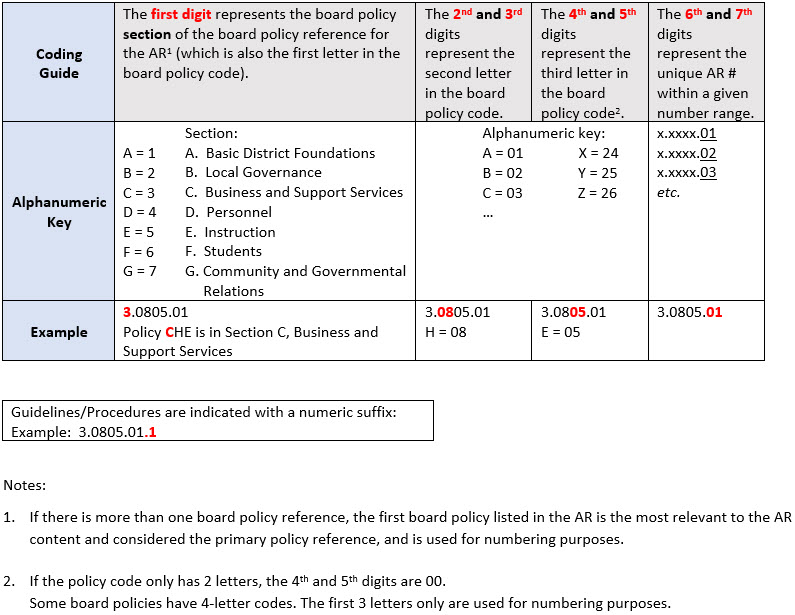Austin Community College District (ACC) is administered through a system of administrative rules (AR) and guidelines/procedures (G/P) which provide the operating principles by which Board Policy is implemented. These rules are reviewed and updated as required due to changes to administrative, instructional, or operational practices, and to maintain compliance with applicable state and federal laws, regulations, and codes.
Review Process
ACC’s shared governance model establishes two councils to formally review proposed changes to the rules:
Proposed changes to an existing AR or G/P are presented to the relevant council, after which ACC employees are invited to review and provide comments and suggestions. Employees have 20 days to comment on a proposed draft.
The chancellor must approve the new or updated document (see “effective date” below) before it becomes the AR or G/P currently in effect.
The review process is detailed in the AR Administrative Implementation of Board Policy and corresponding G/P Creation, Modification, Rescission of Administrative Rules and Guidelines/Procedures.
The Shared Governance Review Council, reviews and makes recommendations to the chancellor with respect to the structure, functions, and membership of councils and committees at ACC.
The Administrative Rules Directory
Basic Organization
The Administrative Rules Directory is organized by a numeric coding system that groups the ARs by categories of college governance:
- Basic District Foundations
- Local Governance
- Business and Support Services
- Personnel
- Instruction
- Students
- Community and Governmental Relations
Identification
Each document is identified according to a numeric code in the header, below the title and document type (Administrative Rule or Guideline/Procedure).
Each AR provides a reference to the council which conducted the review process, the related board policy(ies), and the date it was signed into effect by the chancellor in the header section, as shown in the following example:

Numeric Coding Structure


